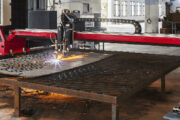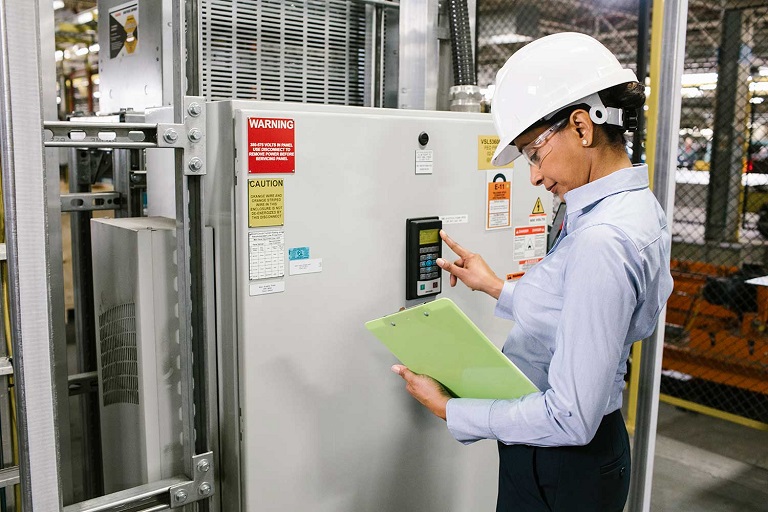
Electric motors are advanced and complex systems that rely on multiple components to generate power. Such complex systems need to be monitored, and the best way to keep an eye on an electric motor is with a speed drive. Some call this device a VSD or variable speed drive, while others call it a VFD or variable frequency drive. Although these are two separate devices, they do the same thing in a different way. But what do they do, though? Both these devices are used to help control the speed or voltage of electric motors.
Monitoring and controlling the voltage of an electric motor helps the user gain control over how fast the motor sends power to the machinery or the plant it powers. By having control over the speed of an electric motor, you get to reduce energy costs, as you decide how much and how fast the motor generates power, making it more efficient. Instead of running at full speed or low speed all the time, adjusting it to the output needed at the time makes an electric motor last longer and reduces the maintenance required, as well as the downtime. So, how do you make use of a speed drive?
How to Set Up a VFD Drive
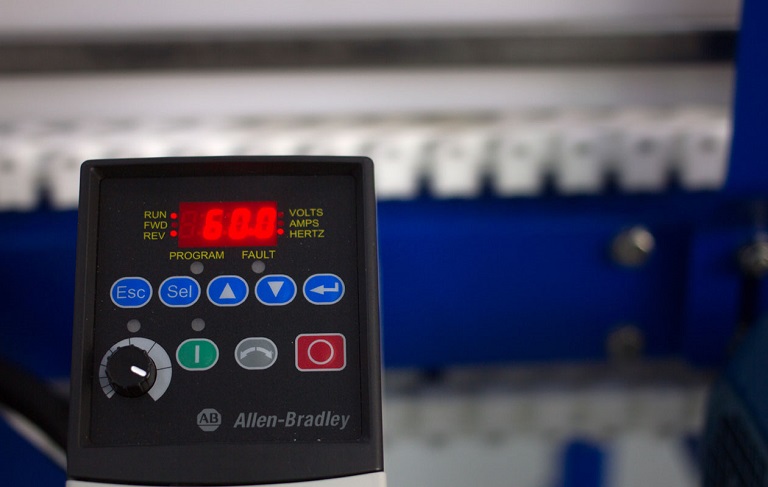
Line Power
As with any external device, making use of a speed AC drive requires you to set it up properly. Even if you have the most advanced VFD drive, if you don’t know how to set it up, it isn’t going to be useful. The first thing to do with a VSD drive is to turn all line power off. This is done to prevent injuries or anything worse from happening. Usually, you need to disconnect one end of the jumper wire between 24 volts and L-1 terminals.
Wiring
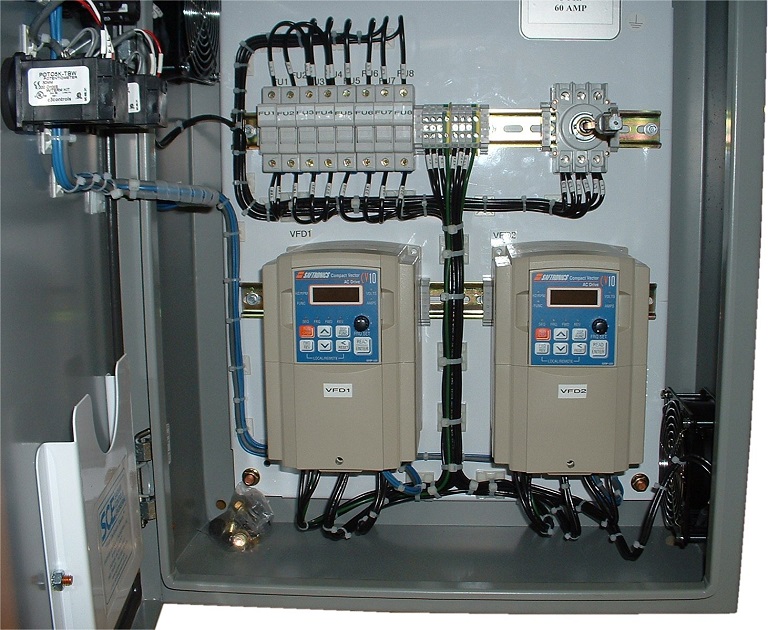
After you’ve made it safe to work with, you should start wiring the input line voltage and the AC motor. Wiring the input line voltage is done based on your application and the wiring options of the drive. Select the wiring option according to the voltage and phase the electric motor relies on. Once you’ve wired the input line voltage of the drive, wire the AC motor with the drive. Again, follow the instruction provided with the device and make sure it fits the phase of the motor. The wiring is simple, but finding the most adequate wiring option is a bit of a process.
Power Up
When you have everything set up correctly and wired in securely, you can power up the VFD. You’ll see the screen light up, and this is where you should set all the settings, or at least the necessary frequencies.
Frequency Setting
Next, you need to set the base and switching frequencies. Setting the BR frequency is usually done by going from the RDY screen on the device to the REF screen. Then, scroll to the DRC menu, enter it, scroll to BFR, and press enter. You’ll see 50.0 which is usually the factory default setting. Change this to 60,0 and then press enter. Once the frequency is saved, leave the BFR menus and you’re done.
To set the SFR or switching frequency, find the SFR menu on the device. This will usually read 4.0 which is the factory setting default. Change it to 16.0 and press enter. When the number 16.0 blinks, you’ll know that the setting is saved and you can then exit. Do this by pressing escape repeatedly until you have the RDY screen shown.
Fan Rotation
With the system programmed and ready for testing, the only thing you need to do is set the fan rotating in the right direction. Start the control panel and then with the contactors engaged check the rotation on one of the fans. Do this by touching the disconnected jumper wire from before found on the drive to the 24 L-1 and 24-volt terminals.
The fans should start to rotate, and while rotating, you’ll need to ensure that the direction of the rotation is correct. To better identify whether the rotation of the fan is correct, look at the direction of the wheel. The rotation of the wheel should turn in the direction of the fan’s outlet. Do the same thing for the other fan, and when you have the rotation correct move on to the finishing steps of the setup.
Finishing Up
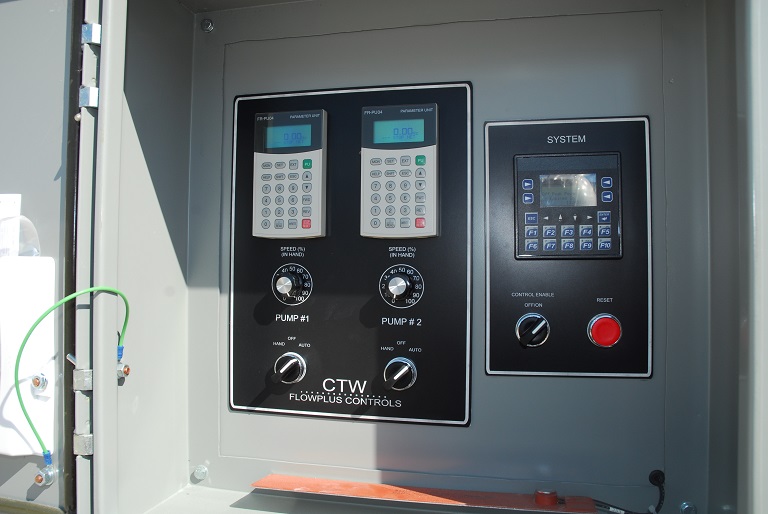
Lastly, in order to finish the process and protect the VFD and the motor, you’ll need to set some essential parameters. You’ll need to refer to the owner’s manual for these parameters, as not all drives require the same parameters. Usually, you’ll need to set parameters such as acceleration, declaration, maximum and minimum frequency, stop and start method, rotation, and motor overload. Once the parameters are set, your VFD will be fully operational and functional, allowing you to get the most out of the motors used in your applications.

